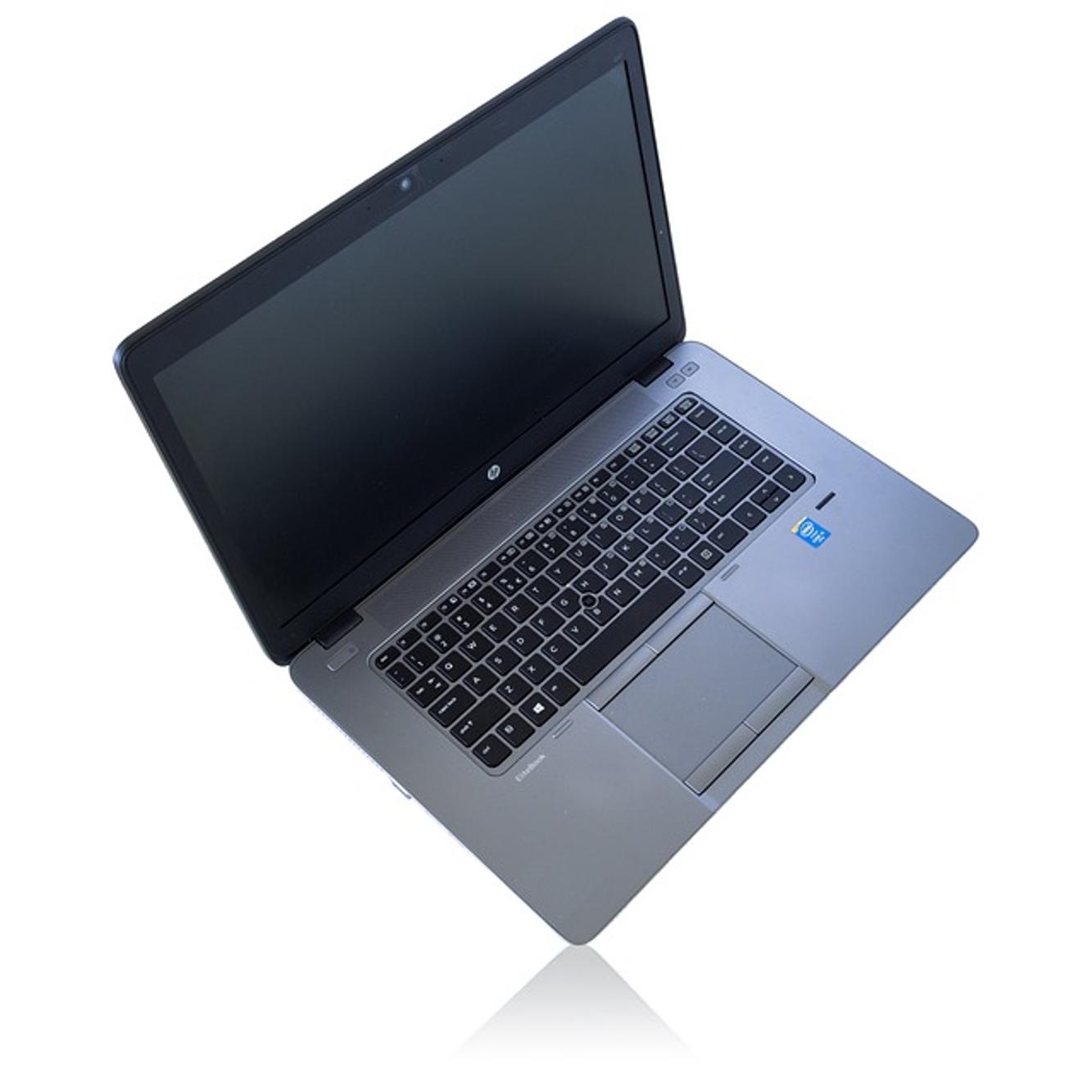How to Get More Storage on HP Laptop
Introduction
Running out of storage space on your HP laptop can be frustrating, especially when it begins to impact your device’s performance. Fortunately, there are several methods you can employ to increase storage capacity. Whether you need more space for critical work documents, cherished photos, or favorite multimedia, this guide provides actionable strategies to get more storage on your HP laptop, ensuring it remains a reliable and efficient tool.

Understanding Your Storage Options
Before diving into solutions, understanding the types of storage available on your HP laptop can help you make informed decisions. The two primary types are Hard Disk Drives (HDDs) and Solid State Drives (SSDs).
HDDs are traditional storage devices that offer ample space at a relatively low cost. However, they are typically slower and more prone to mechanical failure due to moving parts. SSDs, on the other hand, are faster, more durable, and provide better performance but come at a higher price per gigabyte. Identifying your current storage type is the first step to determining your upgrade options. Check your laptop’s settings or system information to see what’s installed.
Freeing Up Existing Storage
A quick way to gain additional storage is by cleaning up your existing files and programs. Here are steps you can take:
- Delete unnecessary files: Regularly review and delete files you no longer need, such as old downloads, temporary files, and duplicate photos.
- Uninstall unused programs: Remove software applications that you no longer use or are redundant.
- Utilize disk cleanup tools: Many built-in tools or third-party applications can scan your system and safely remove junk files.
- Temporary files and cache: Clear your web browser cache and temporary system files using tools like Disk Cleanup in Windows.
- Disable hibernation: This feature can consume significant space for the hibernation file. Disable it if you don't use it.
- Compress files: Compress large files to save space without deleting them. Windows provides a native compression tool, or you can use third-party tools like 7-Zip.
By following these steps, you can reclaim a significant amount of space without resorting to hardware changes.
Upgrading Internal Storage
When existing storage solutions aren't sufficient, an internal upgrade may be necessary. Upgrading to a larger HDD or switching to a faster SSD can make a huge difference. Here’s how to do it:
Pre-upgrade Preparation
- Back up important data: Ensure all your vital documents and files are backed up on an external drive or cloud storage.
- Identify compatibility: Check your HP laptop's specifications to determine what kind of storage upgrade it supports.
Choosing the Right Drive
- Larger HDDs: Opt for a larger-capacity HDD if you need more general storage, especially for large files like videos and photos.
- Upgrading to SSD: An SSD can markedly improve performance, including faster boot times and quicker file access. Look for options compatible with your model.
Physical Installation
- Disconnect power and battery: Always disconnect the laptop from power sources before starting.
- Locate the storage bay: Refer to your HP’s manual for instructions on accessing the storage compartment.
- Replace the old drive with the new one: Carefully remove the existing drive and replace it with the new HDD or SSD.
- Reassemble and initialize: Put the laptop back together, power it up, and initialize the new drive following the operating system prompts.

Using External Storage Solutions
If upgrading internal storage isn't feasible, consider external options. External drives provide a flexible, easy-to-use alternative without the need for internal modifications.
- External HDDs and SSDs:
- External HDDs (500GB to 10TB) provide a cost-effective storage extension.
-
External SSDs offer faster data access and are more portable, though typically more expensive.
-
USB flash drives: Ideal for quick transfers and temporary file storage, flash drives range from 16GB to 1TB.
-
Network Attached Storage (NAS): For more complex needs, NAS systems provide extensive storage solutions accessible over a home network, suitable for multiple devices.
Utilizing external storage can significantly expand your capacity while allowing easy data portability.
Leveraging Cloud Storage
Cloud storage offers an online solution for expanding your HP laptop’s storage capacity without any physical modifications.
- Choosing a Cloud Service:
-
OneDrive, Google Drive, Dropbox, iCloud: These services offer varying amounts of free space, with premium options if more storage is required.
-
Sync and Backup:
- Automatic backups: Many cloud services offer automatic backup options to your cloud accounts, ensuring your files are always safe.
-
File access on-the-go: Access your stored files from any device connected to the internet.
-
Security and Accessibility:
- Ensure that proper encryption and security measures are in place to protect sensitive data.
Cloud storage not only expands your available space but also provides data redundancy and protection against hardware failures.

Conclusion
Increased storage on your HP laptop can significantly enhance your computing experience. From decluttering and software cleanup to hardware upgrades and leveraging cloud resources, you have multiple strategies at your disposal. Properly assessing your needs and options ensures you choose the right solution, keeping your laptop efficient and responsive.
Frequently Asked Questions
How can I check how much storage is left on my HP laptop?
You can check your storage by navigating to 'This PC' in File Explorer, where you will see the storage status of your drives.
Are there any affordable SSD options for HP laptops?
Yes, brands like Crucial, Kingston, and Samsung offer budget-friendly SSDs across various storage capacities.
Is it safe to use cloud storage for sensitive data?
Using reputable services with strong encryption and secure access controls is generally safe for storing sensitive data. Always enable two-factor authentication for added security.



